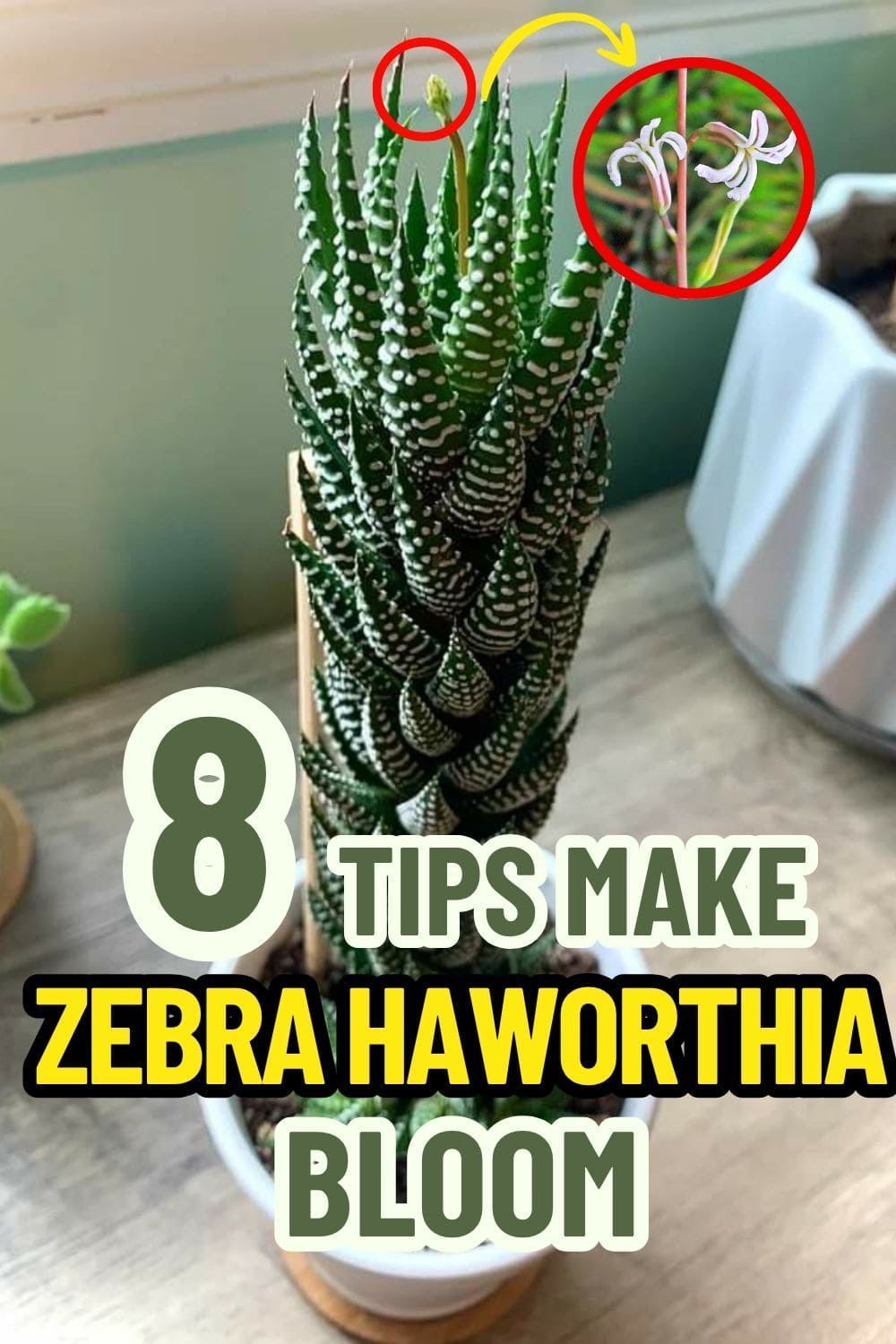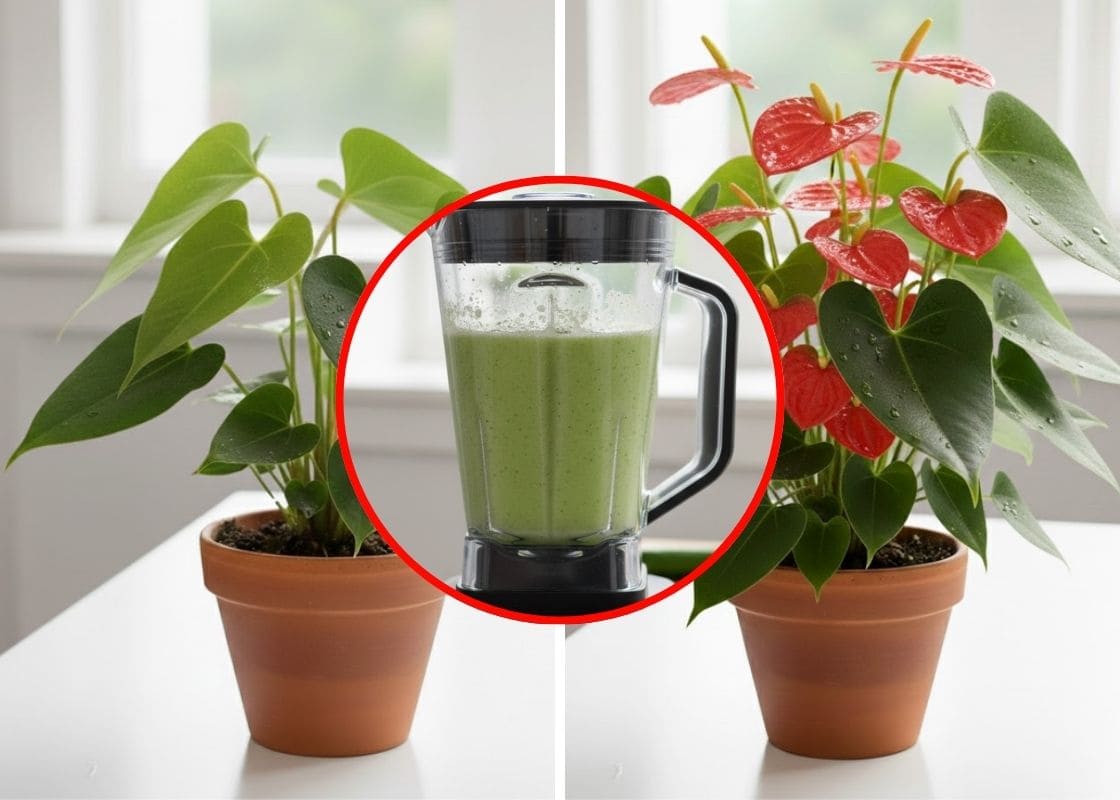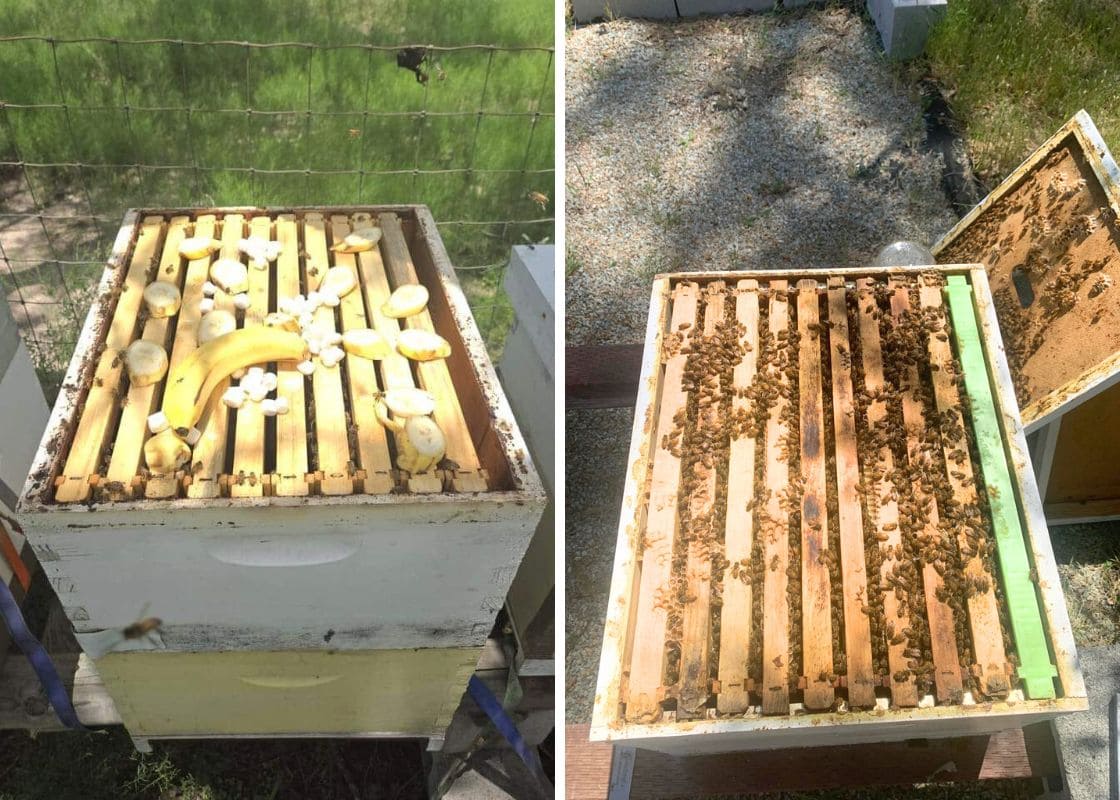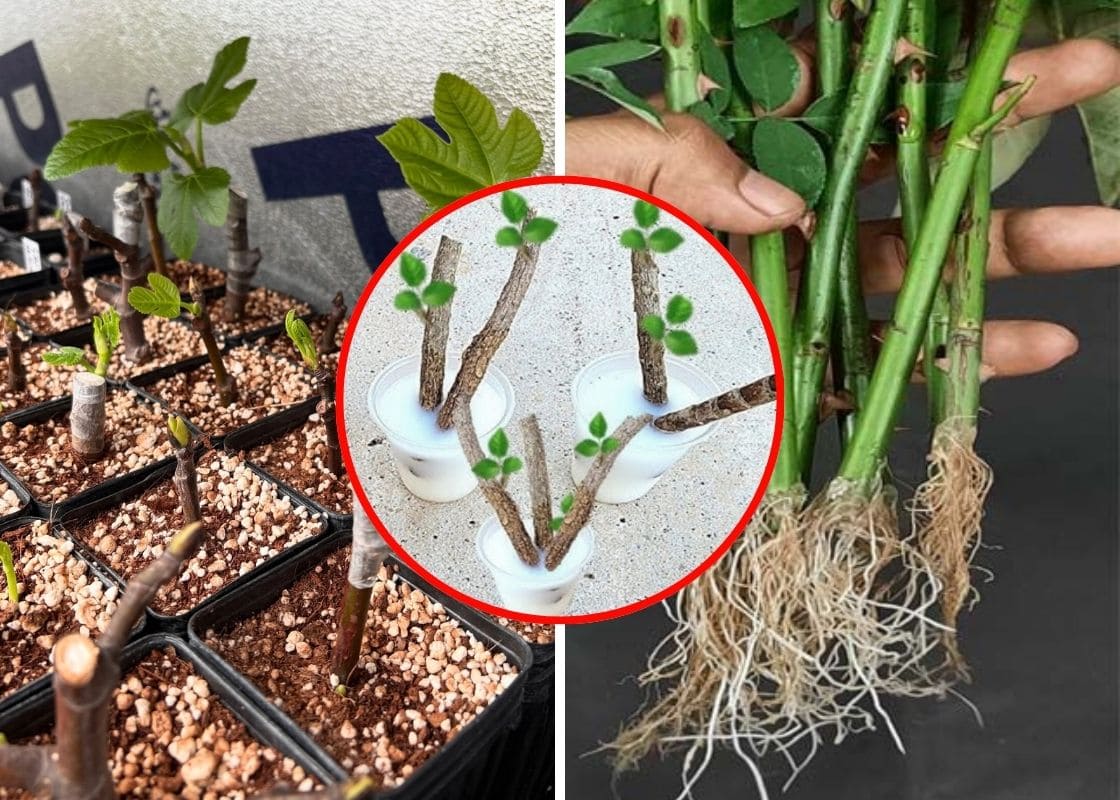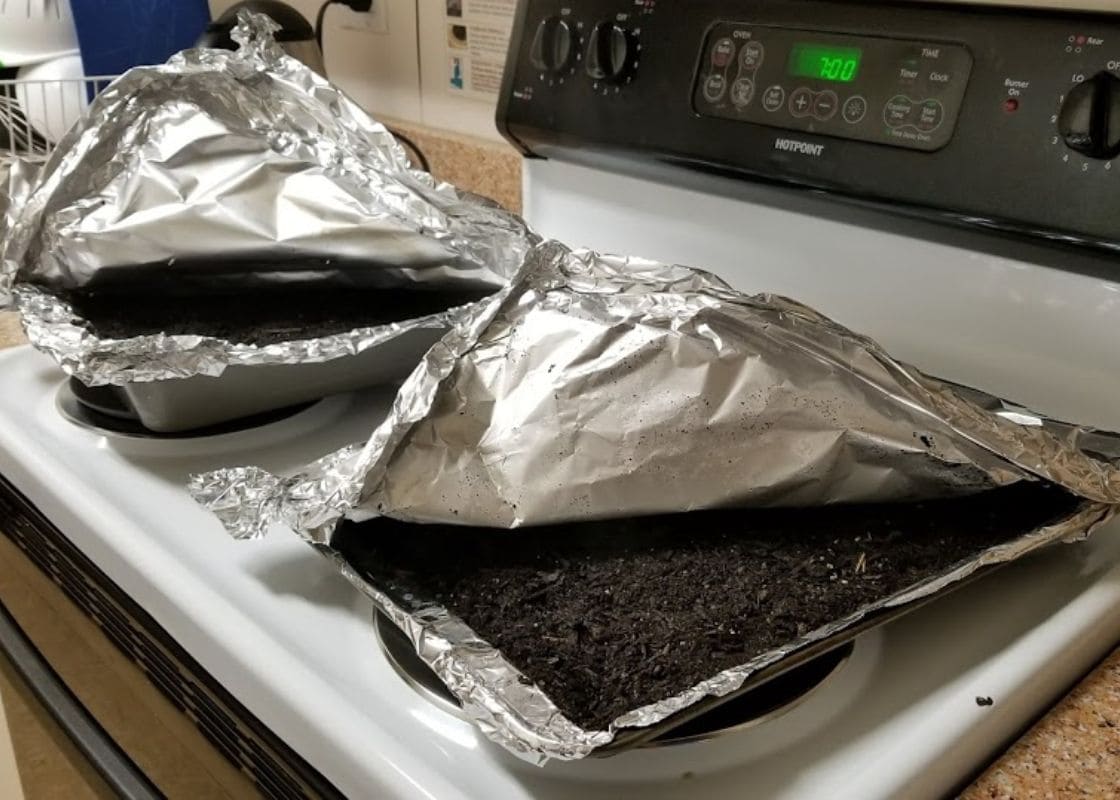Zebra Haworthia, also known as Haworthiopsis attenuata, is one of those succulent beauties people love for its bold, zebra-striped foliage.
It’s compact, fuss-free, and thrives indoors. But flowering feels like a rare event, something many owners never experience.
Yet under the right care, your Zebra Haworthia can bloom. It just needs a little coaxing and a bit of your attention to feel secure enough to send up its delicate flower stalks.
What Do Zebra Haworthia Flowers Look Like?
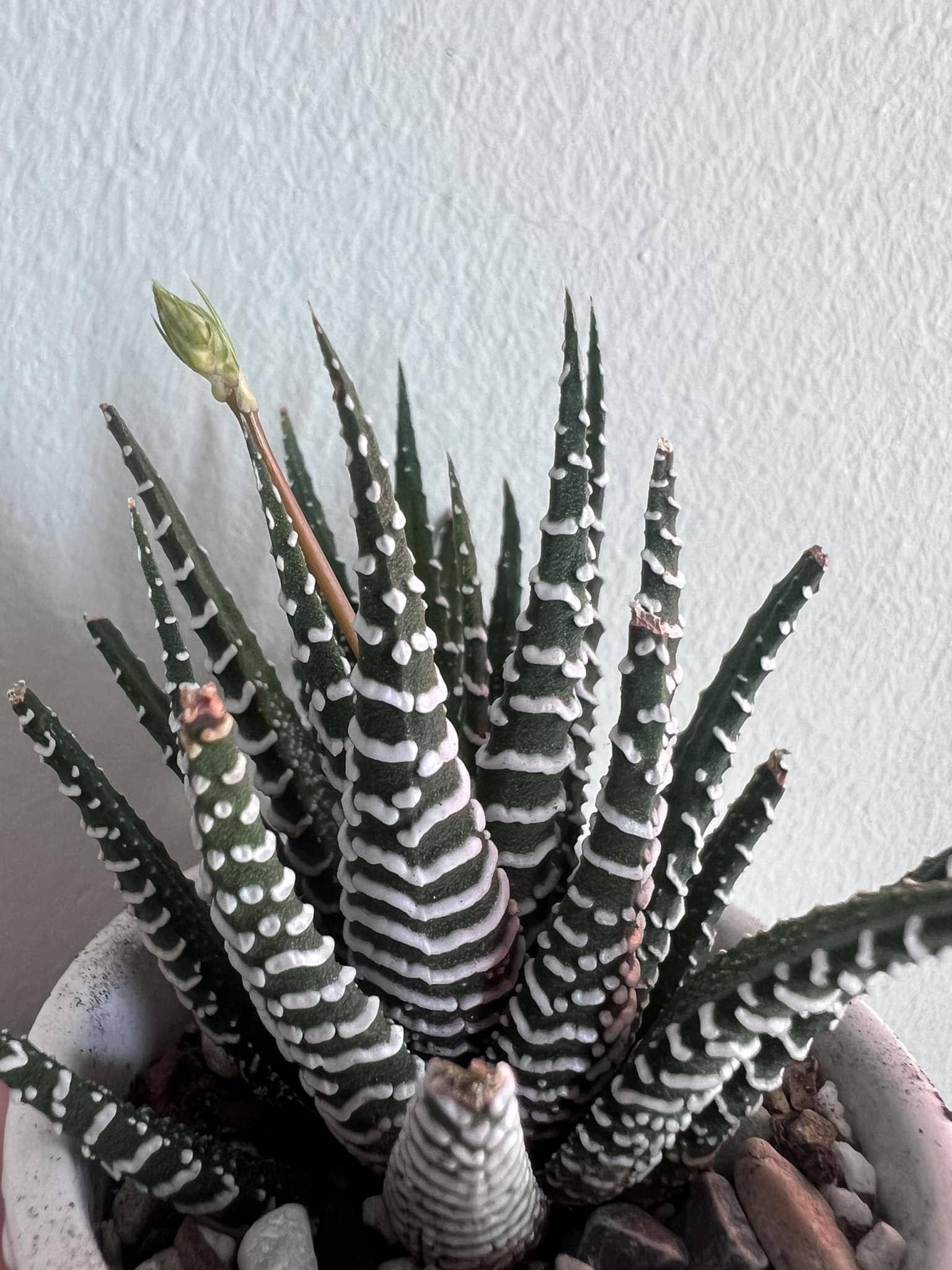
The flowers are not dramatic. In fact, they’re almost shy.
Zebra Haworthias bloom by sending up long, slender stalks that can stretch 10-16 inches high, with small, tubular white or pale green blooms dotted along the stem.
These flowers usually appear in late spring or summer, and while subtle, they feel like a gentle reward for doing things right.
A bloom is not just a bonus, it’s your plant saying, “I’m thriving.”
1. Wait for Zebra Haworthia Maturity Before Expecting Blooms
If your Haworthia is young, under three years old, it likely isn’t ready to flower. These succulents grow slowly and put most of their energy into developing roots and structure in their early years.
You’re more likely to see blooms from a well-established plant that’s four to five years old and has had time to settle in.
Therefore, focus on giving your plant the conditions it loves, and let maturity happen at its own pace.
2. Provide the Best Light for Flowering Zebra Haworthia
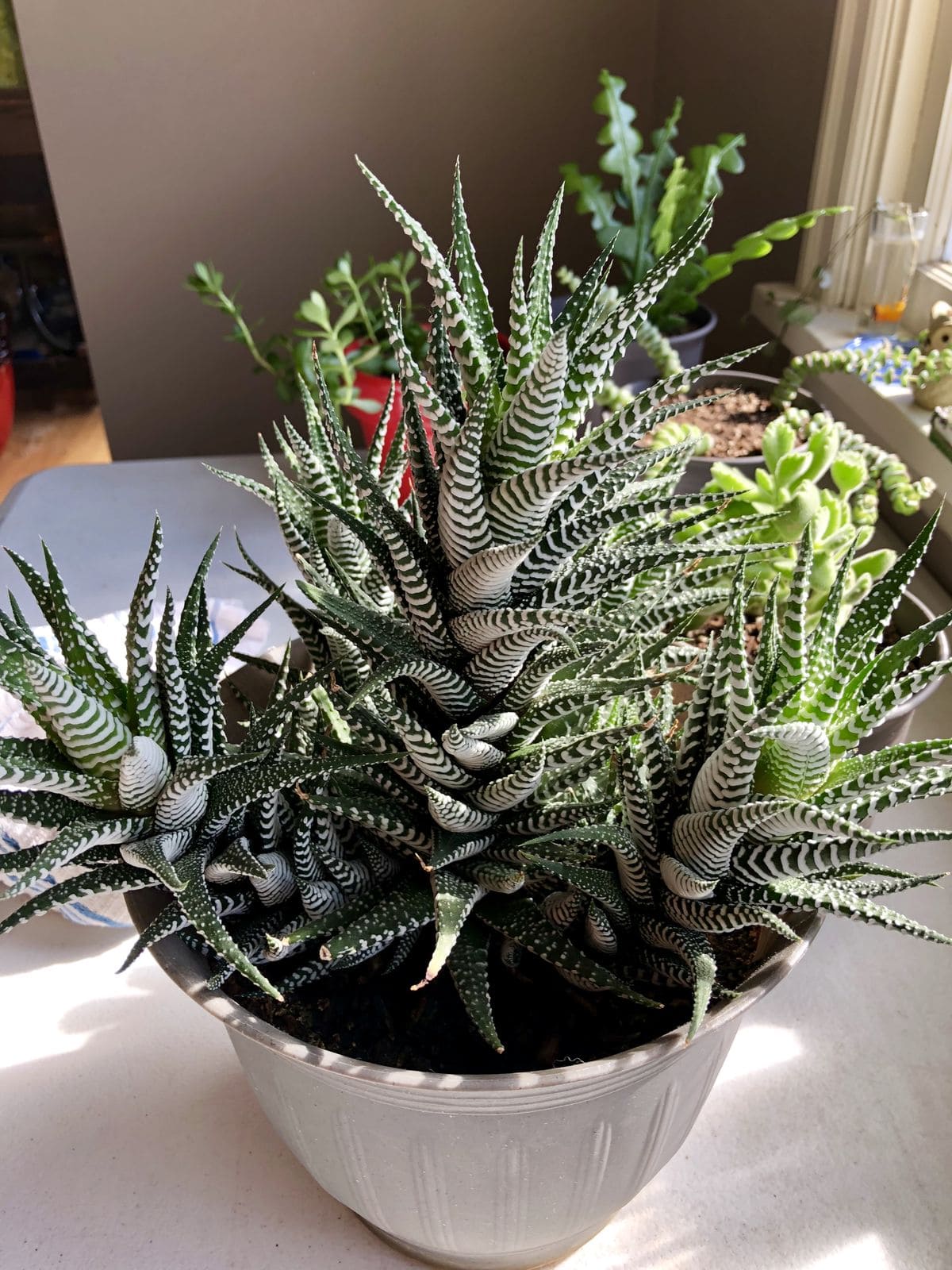
Zebra Haworthias are native to South Africa, where they grow under partial shade or filtered sunlight. That means no scorching midday sun but they do need bright, indirect light to encourage flowering.
You should place your plant near an east- or south-facing window where it can enjoy gentle morning light.
If natural light is limited, a full-spectrum grow light works wonders, especially during the darker winter months.
Without enough light, the plant will focus on survival, not reproduction and that means no blooms.
3. Mimic a Natural Winter Rest for More Blooms
One of the most effective but often overlooked ways to trigger blooming is to simulate a proper dormant period during winter.
This rest period signals to the plant that it’s time to slow down, regroup, and prepare for new growth in spring.
To mimic dormancy, you keep your Haworthia in a cooler room, ideally between 50-55°F (10-13°C).
Next, reduce watering drastically, just enough to prevent shriveling, maybe once every 5-6 weeks. Then hold off on fertilizer until spring.
Once daylight increases and temperatures warm up, return to normal care. This wake-up call often triggers blooming if the plant is mature and healthy.
4. Choose the Right Pot and Soil Mix

A Zebra Haworthia prefers being slightly root-bound, but not cramped. Too much room can delay blooming, while poor drainage can lead to root rot, which eliminates any chance of flowering.
You need to use a small terracotta pot with a drainage hole. Terracotta breathes and helps prevent soggy soil.
For soil, use a gritty cactus mix, or make your own by mixing: 1 part cactus soil, 1 part coarse sand or pumice and 1 part perlite. Healthy roots mean a happy plant, and a happy plant is more likely to bloom.
5. Watering for Bloom Success
Zebra Haworthias thrive on the soak and dry method. In spring and summer, water thoroughly only when the top 2 inches of soil are bone dry, usually every 10-14 days indoors, depending on humidity and light.
In winter, go easy. You just water once every 5-6 weeks, just enough to prevent leaf shrinkage.
This not only mimics natural drought cycles but helps avoid root issues that interfere with blooming.
6. Use Low-Nitrogen Fertilizer to Support Blooming
You should use a low-nitrogen, bloom-boosting fertilizer (like 2-7-7 or 0-10-10) once a month during the growing season, usually from late March to August.
Also, dilute it to half strength to avoid root burn.
You need to avoid high-nitrogen blends, which promote leaf growth at the expense of flowers. And definitely don’t feed in fall or winter, when your plant should be resting.
7. Remove Offsets (Pups) to Refocus Energy on Haworthia Blooming

Zebra Haworthias are prolific when it comes to producing pups with those adorable baby plants that form around the base. But too many can crowd the mother plant and compete for resources, making flowering less likely.
In early spring, gently remove a few pups with a sterile knife. Let them callous for a day, then repot them if you’d like.
Not only does this give you more plants to share or expand your collection, it also tells the mother plant to refocus her energy, possibly on sending up that long-awaited bloom stalk.
8. Stability Is Key When Flowering Begins
If your Haworthia begins to send up a flower stalk, stop repotting or shifting its location.
You avoid pruning or moving it to new light conditions. Changes in environment can stress the plant and cause it to abort the bloom.
Specially, stay consistent and watch the soil moisture.
Don’t crowd the plant. Let it grow in peace, and it’ll reward your patience with a tall, graceful bloom stalk that rises like a ribbon from the center.
Final Thoughts
A Zebra Haworthia bloom may be rare, but that’s what makes it so special. Even if your plant never flowers, the time you spend nurturing it, mimicking seasons, adjusting light, caring for its soil, is what makes the experience meaningful.
When that bloom stalk finally appears, it’s not just a flower. It’s a quiet little miracle and a testament to everything you’ve done right.
